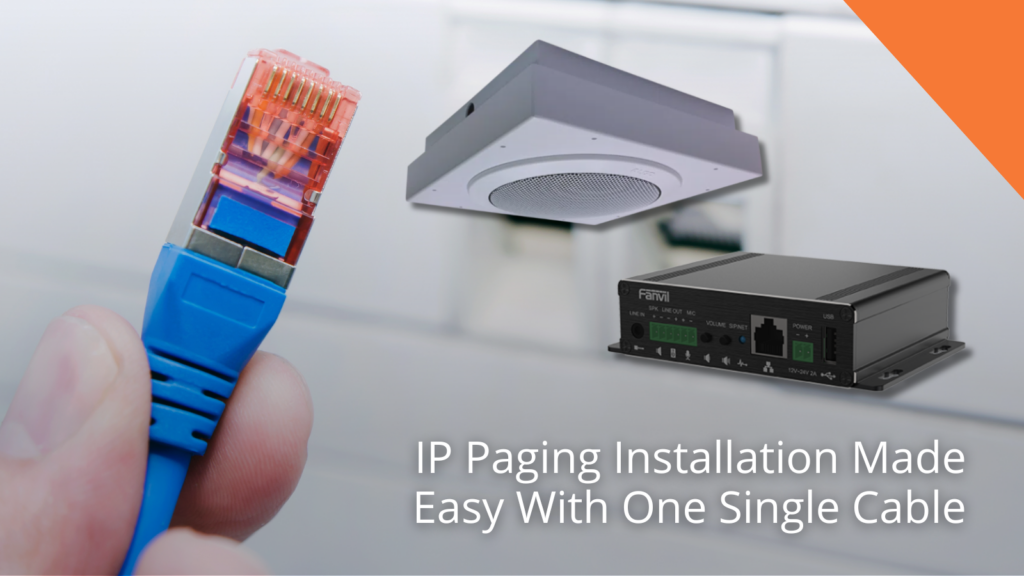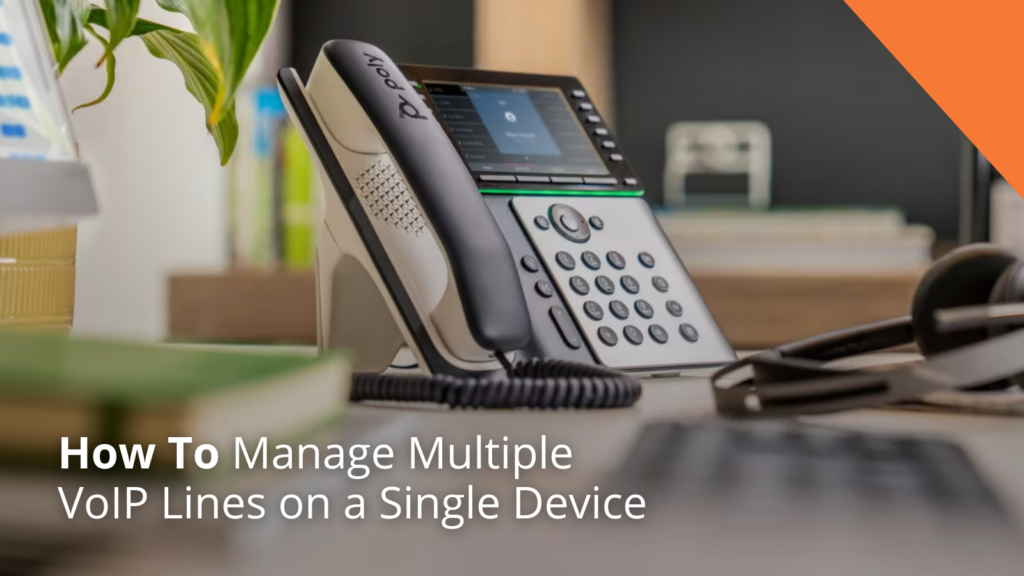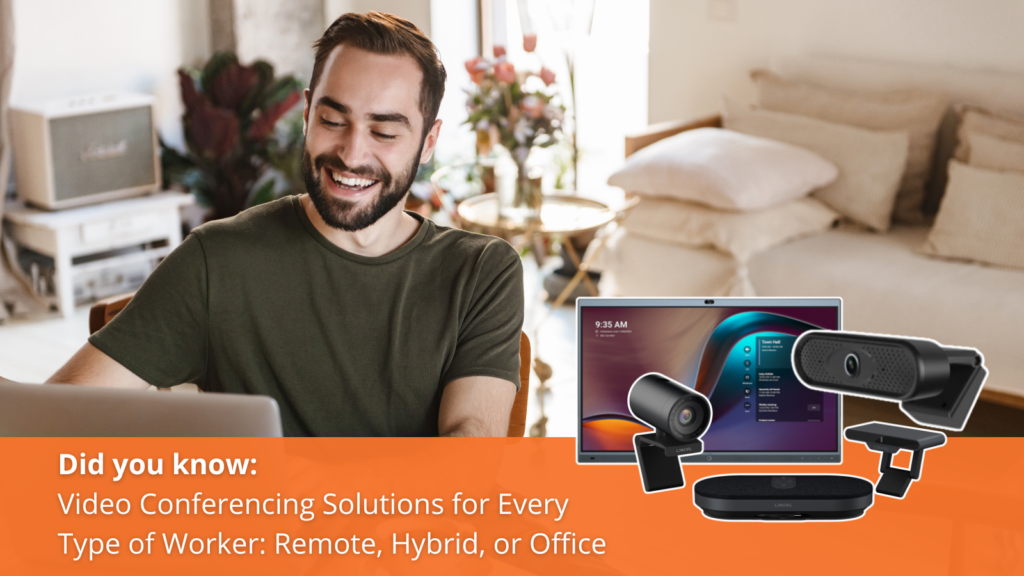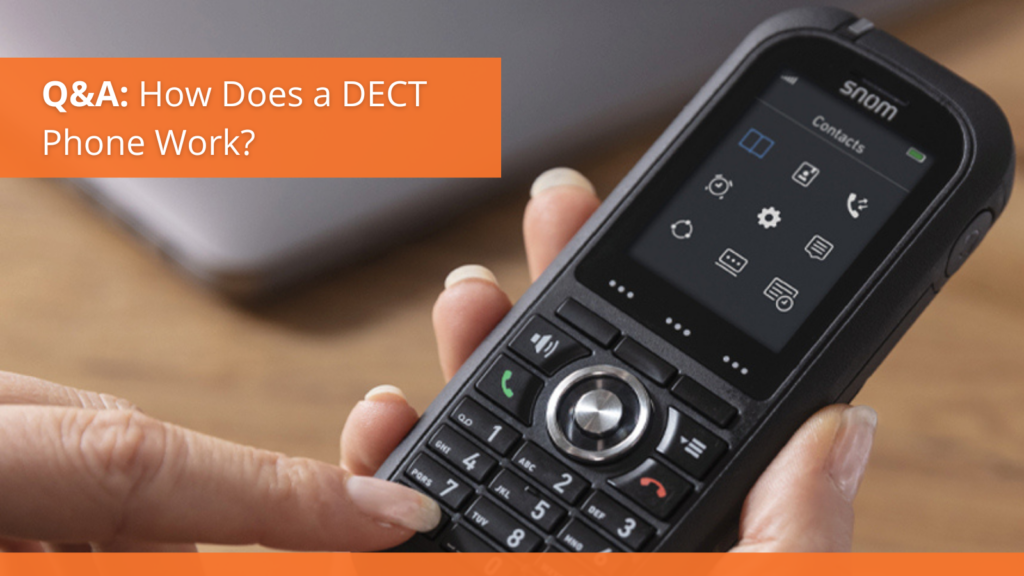Q&A: IP Speakers: Common Questions Answered
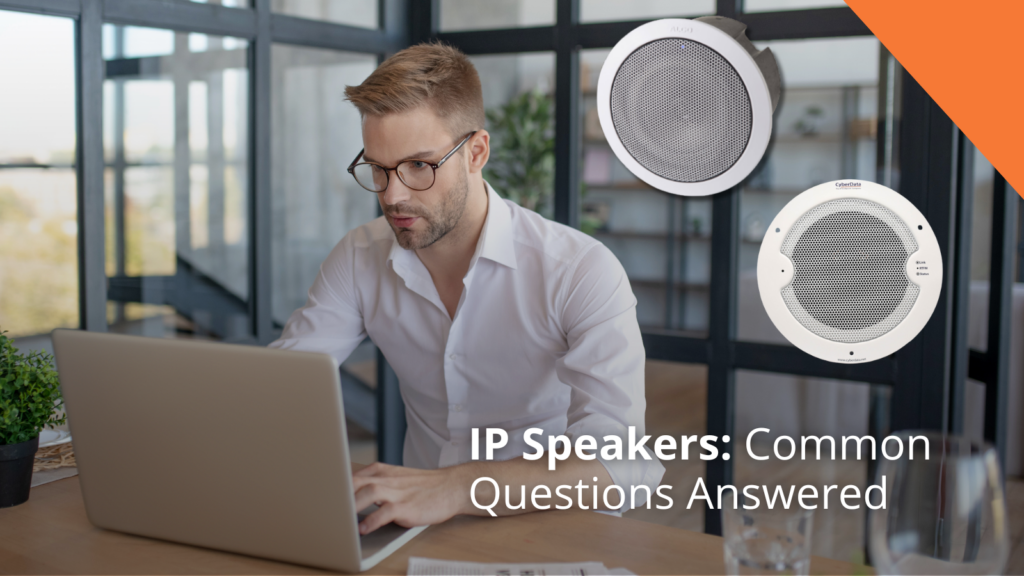
IP speakers are quickly becoming a staple in businesses and educational institutions, but they still raise some questions for those unfamiliar with their advantages and use cases. In this post, we’ll address some of the most common questions about IP speakers to help you better understand their potential.
What are IP speakers?
IP speakers are network-connected audio devices that use the internet or a local network to broadcast audio. They are used in environments where multiple zones or spaces need sound distribution—such as offices, schools, warehouses, and public spaces. Unlike traditional PA systems, IP speakers don’t require central amplifiers, reducing infrastructure costs and offering greater flexibility in management and control.
How do IP speakers work?
IP speakers connect directly to your IP network and receive audio streams from a central server or controller. They can be programmed to broadcast live or pre-recorded messages, background music, alerts, or notifications. Many IP speakers support Power over Ethernet (PoE), meaning data and power are delivered through a single cable, simplifying installation and reducing the need for additional power sources.
What are the benefits of IP speakers over traditional systems?
IP speakers offer scalability, ease of management, and superior sound quality. With traditional analog systems, each speaker requires cabling back to a central amplifier. Still, IP speakers use network infrastructure, which makes expanding your system as simple as adding more devices to your network. Additionally, because they can be centrally managed, scheduling messages or making announcements to specific zones is much easier and can be done remotely.
Can IP speakers integrate with other systems?
Yes, IP speakers are highly versatile and can integrate with other systems like fire alarms, access control systems, video surveillance, and mass notification platforms. This integration allows you to automate alerts and announcements based on triggers from these systems, improving security and communication throughout your facility.
Are IP speakers difficult to install?
Not at all! IP speakers are often easier to install than traditional PA systems. PoE models allow you to use a single cable for both power and data, simplifying wiring requirements. Additionally, because the speakers use standard IP networks, there’s no need for specialized cabling or equipment, making installation quick and cost-effective.
Here are a few IP Speakers from Popular Brands:
Algo 8188 SIP Ceiling Speaker: A SIP-compliant, PoE-powered IP speaker for voice paging, emergency notification, and background music, with native Microsoft Teams compatibility.
CyberData SIP Speaker w/ Talk-Back: A PoE-powered indoor speaker that connects via a single CAT5/CAT6 cable to existing networks. Compatible with most IP PBX servers, it supports multicast messages independently of the SIP environment.
Advanced Network Devices’ PoE Square Ceiling Speaker: Seamlessly replaces a standard 2′ x 2′ ceiling tile and integrates with SIP-enabled VoIP phone systems, making it ideal for broadcasting announcements in offices, classrooms, hallways, or any room with a drop ceiling.
Bogen Drop-In Ceiling Speaker: The Bogen Drop-In Ceiling Speaker (2-Pack) easily integrates into 2′ x 2′ ceiling grids, providing clear audio for paging, background music, and public announcements in various environments.
IP speakers are a versatile, efficient, and scalable solution for organizations looking to upgrade their communication systems. Whether you’re interested in replacing an old analog system or building a new audio distribution network, IP speakers offer an array of features that make them an excellent choice for modern audio broadcasting needs.
If you have questions or comments you can leave them below, chat with one of our VoIP Experts at www.voipsupply.com, or call us at 1-800-398-8647.

